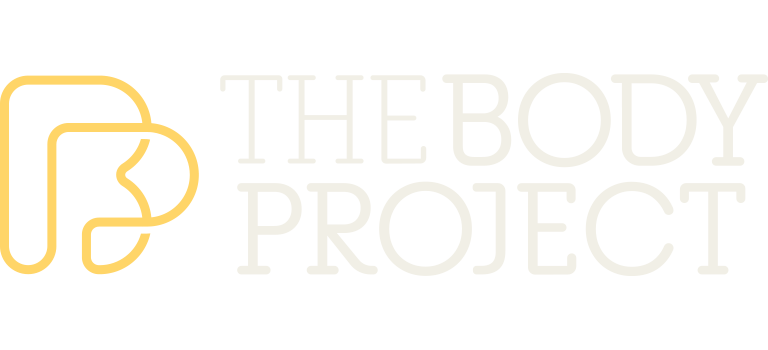What is Osteopathy?
Osteopathic focuses on the importance of the musculoskeletal system to a person’s health and well-being. The aim of treatment is to support the body’s self-healing capacity. Osteopathy can treat a wide range of conditions including:
- Neck and back pain
- Arthritis
- Sciatica
- Headaches
- Vertigo
- Repetitive strain and overuse injuries
- Pregnancy-related discomfort
- Tendonitis
- Sports injuries.
What do Osteopaths do?
An osteopath focuses on your whole body, including the soft tissues (such as muscles, ligaments and tendons), the spine and nervous system, and may use a variety of different hands-on methods, including:
- Spinal manipulation
- Soft tissue massage techniques
- Articulation – gentle rhythmic joint movements
- Stretching muscles and joint capsules
- Muscle energy techniques – encouraging muscles to work against resistance
- Visceral manipulation – gentle movement of the abdominal and pelvic areas.
A whole body approach
How each part of the musculoskeletal system interacts with and influences every other part – is central to osteopathy. When your body’s musculoskeletal system is not properly aligned, it inhibits circulatory, lymphatic or nervous system function and therefore reduces the body’s ability to heal itself. Any joint or muscle injury must be treated as part of the whole body, since other parts of your musculoskeletal system will also be affected. For example, an ankle injury may mean that you limp and favour the other foot. Over time, this imbalance can lead to other injuries, such as soreness in the other ankle, knee or hip, or perhaps back pain. Your osteopath can devise a strategy of treatment that takes your whole musculoskeletal system into account. We also pay attention to other systems of the body – such as the circulatory, nervous and lymphatic systems – since these all play significant roles in the healing process.
A whole lifestyle approach
Although osteopathy is best known as a form of hands-on medicine, osteopaths may also refer you on to other healthcare providers, and are able to offer advice on injury prevention, pain management and rehabilitation programs.
Osteopathy encourages you to take responsibility for your own long-term health and wellbeing, and can help you find out which lifestyle and environmental factors may be contributing to your condition. These may include poor posture, stress or the need for ergonomic furniture.
An osteopath may work out a range of treatments, including individual exercise routines, relaxation techniques or body awareness sessions, which show you how to move your body in gentler ways.
Who can Osteopaths treat?
As osteopathic techniques include a gentle approach to treatment and can be suitable for many people, from the newborn to the older person, and for those with complex medical problems.
Is osteopathy regulated?
Osteopathy is one of ten regulated healthcare professions in Australia. Osteopaths must be registered with the Osteopathy Board of Australia and patients can check their osteopath’s registration online. Training to be an osteopath in Australia requires the successful completion of a five-year full-time university degree.
Who founded osteopathy?
Osteopathy, also known as osteopathic medicine, was founded by Dr Andrew Taylor Still, an American physician in the 19th century.
Source: Osteopathy, 2020. Betterhealth.vic.gov.au [online]


